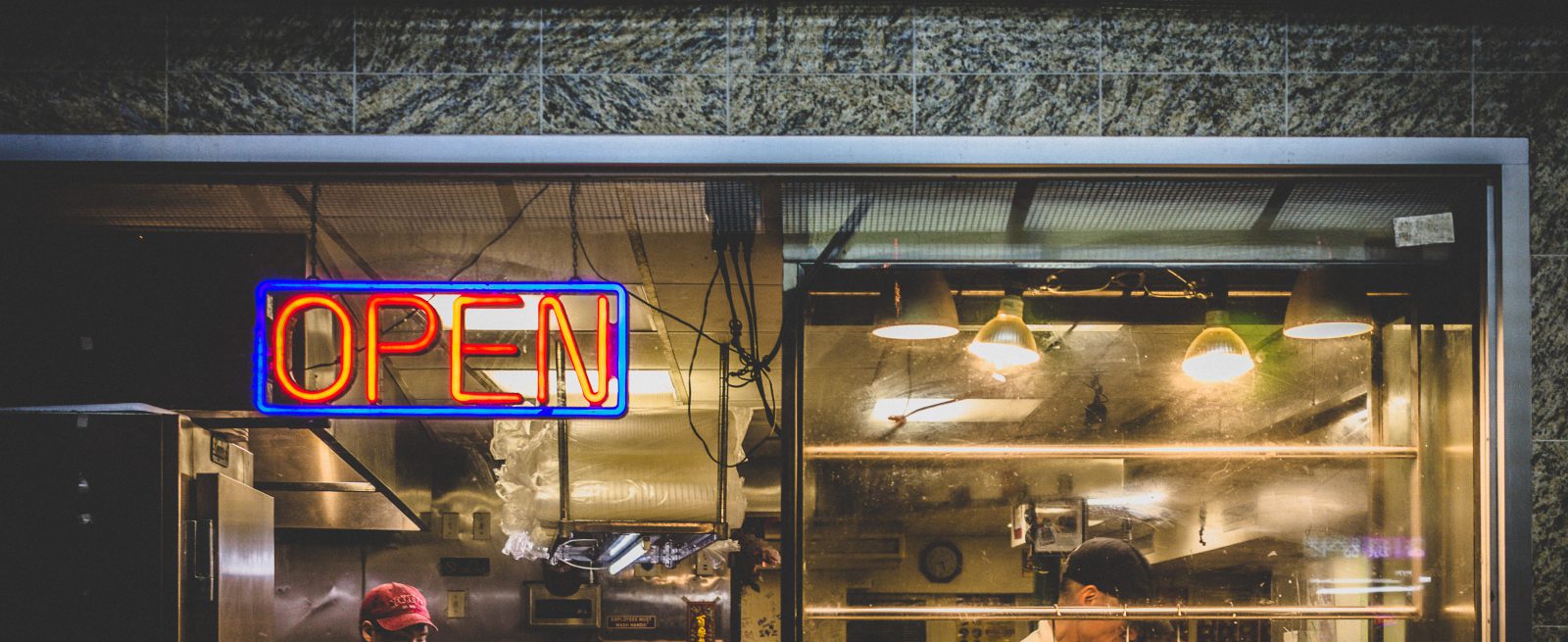Restaurant Start-Up Costs Revealed: How Much Does it Cost to Open a Restaurant?
2 Min Read By Andrea Victory
So you’ve chosen to open a restaurant and you’re eager to learn how to navigate the difficult and costly dance between creating something unique yet economical.
It’s all about having the right strategy, of course. According to a recent New York Times report, “Whether a restaurant opens in hyper-competitive Manhattan or in California’s gold-rush dining scene, it has to make the same equation work: The costs of real estate, labor and food should add up to about 75 percent of its projected sales, leaving a profit margin of roughly 10 percent once smaller expenses are figured in.”
This doesn’t include the expanse of overhead costs, of which there are plenty. And it’s usually miscalculation in the early phase of opening that sets a restaurant up for failure. It’s easy to underestimate start up costs and overextend when there’s not yet any revenue to offset expenses.
Thus, essential to success is getting started on the right foot. In this post, we answer your most pertinent questions about restaurant startup costs.
How Much Should I Pay for Rent?
While the New York Times reported that New York restaurants should pay approximately 10 percent of revenue on rent, other sources stipulate that a lease will cost more than five to eight percent of the restaurant’s total revenues. “[A] restaurant with $800,000 in sales should expect to pay $40,000 to $64,000 a year.” Other occupancy costs do apply, of course, but we’ve covered those line items in the permits section below.
Hot cash saving tip: Don’t get hung up on a look. Find a space needing as little renovations as possible and work your brand magic within it.
How Can I Budget for Equipment?
Everything from the spatulas to the griddles must be accounted for. According to an age-old Forbes article, ovens, ranges refrigerators, fryers, freezers and bar glass cleaners can cost anywhere between $100,000 to $300,000 and upwards. Take inflation into consideration and you’re looking at one pricey kitchen. Then there’s the thousands of little items you won’t initially think of that also need to be worked into the budget: pots, pans, storage containers, dishes, cutlery, glassware, thermometers and more. The best way to break this down is to create an extensive list of all items, then break down nice-to-haves versus must-haves. The goal here is to grow your kitchen equipment by priority as your restaurant grows.
Hot cash saving tip: Buy what you absolutely need wholesale, lease expensive equipment and as you’re starting out buy only what you need. For plates, glassware and other breakables, buy commercial products – they’re more durable and will survive repetitive use.


